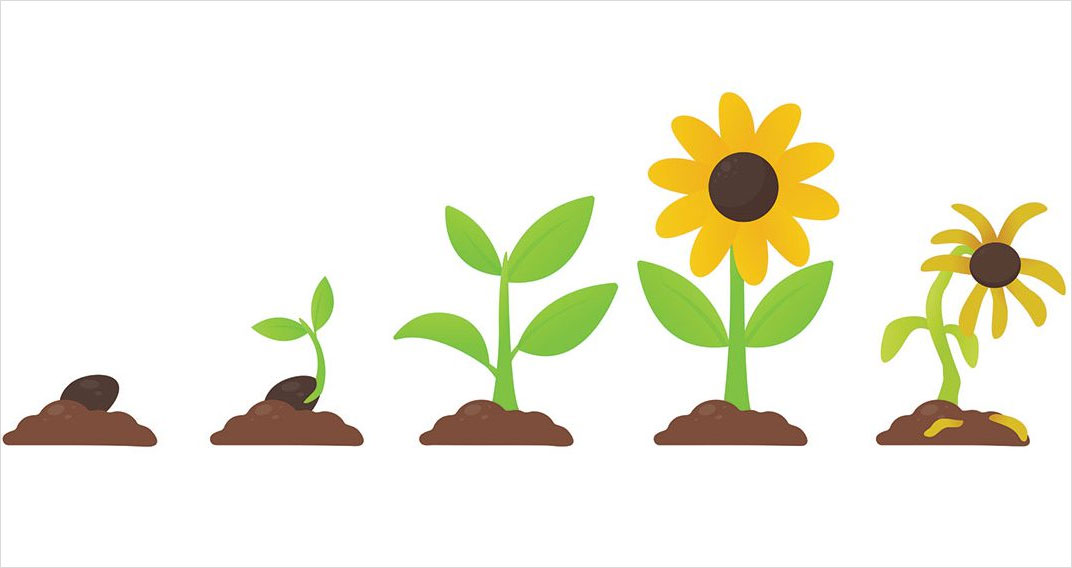The arrival of warm weather brings many people outdoors to tend their gardens. Much like a gardener, a records manager tends their records and information. The records life cycle is like a garden’s natural life, with records being the seeds that must be carefully planted, nurtured, and harvested for their value.
Create: Planting Seeds
Each seed has the potential to grow into something valuable. Records managers choose what information may be valuable to the company, much like a gardener carefully chooses which seeds to plant. After the records are chosen, they are “planted” in the company’s filing system and await germination.
Organize: Growth and Maintenance
Once planted, seeds must have the right conditions to sprout and grow into mature plants. Similarly, records must be properly organized and stored for easy access and retrieval. Having a well-designed filing and records management system is like having good soil—it allows your records to sprout and grow to maturity. At this stage, records may be indexed or classified so employees can easily access and retrieve them.
A gardener needs to water, fertilize, and prune their plants to help them thrive. As records grow, they require maintenance, an important part of the records life cycle. Maintenance helps preserve the integrity, accuracy, and relevance of the records management system. Just as a gardener tends to their beds, a records manager must constantly monitor, update, and protect the company’s records and information. A records manager needs to observe the company’s “weather” and adjust as business and technology needs evolve.
Use: Harvest
Harvest season is when you reap the benefits of your labor. The records that you’ve organized and stored are now ready for harvest and use. A well-maintained records management system makes retrieval and use of these records a breeze.
Retention: Storage and Compost
The records life cycle doesn’t end at harvest. Like your vegetables and fruits, records have different storage lengths. Company policies and procedures and laws and regulations all influence the lengths of your retention periods. Proper records storage ensures that they can be accessed when required.
David Stephens, one of the founders of Zasio’s RIM consulting division, compared a record’s life cycle to compost—if retained too long, it begins to rot. At the season’s end, gardeners may compost what’s left of their harvest. Similarly, when a record has reached its full potential and has met all the proper retention requirements, you must identify and pull those that are no longer needed. The disposition process may include deletion, disposal, or archiving depending on company policy or regulatory requirements.
Conclusion
The life cycle of a record resembles the growth of a garden beginning with a tiny seed to the harvest and storage of valuable information. A well-cultivated records management system may yield great rewards for those who tend it with care.
Disclaimer: The purpose of this post is to provide general education on information governance topics. The statements are informational only and do not constitute legal advice. If you have specific questions regarding the application of the law to your business activities, you should seek the advice of your legal counsel.

